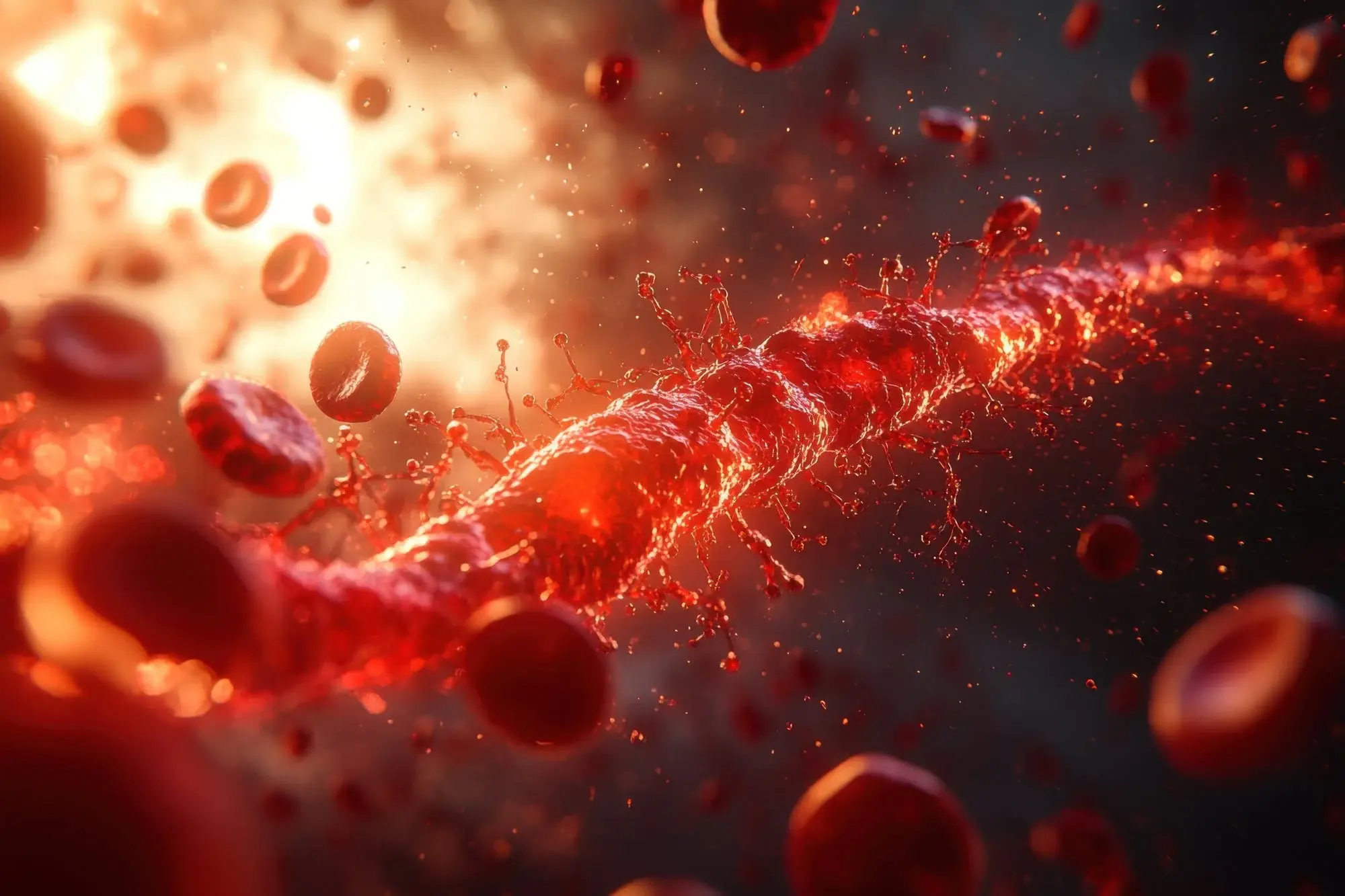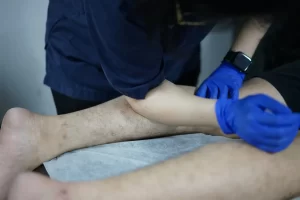Stents are a revolutionary medical tool that has improved the prognosis for many conditions, particularly those affecting the cardiovascular system. They play a pivotal role in maintaining the openness of narrowed or weakened vessels and can significantly improve a patient’s quality of life.
This article provides an in-depth look at what stents are, their different types, the benefits and risks associated with their use, and more.
Key Takeaways:
- Stents play a pivotal role in maintaining the openness of narrowed or weakened vessels and can significantly improve a patient’s quality of life.
- The commonly used stents include the coronary, peripheral, and urological stents.
- A medical stent provides instant benefits and comes with few risks.
Table of Contents
What is a Stent?
When Are Stents Used?
- Cardiovascular Diseases — To treat narrowed or blocked arteries in the heart due to coronary artery disease.
- Peripheral Arterial Disease (PAD) — To open narrowed arteries in peripheral parts of the body, such as the legs.
- Renal Artery Stenosis — To treat the narrowing of the arteries that supply the kidneys.
- Airway Stenosis — To keep airways open in the lungs.
- Urological Conditions — To ensure urine flow in cases of obstructed urinary pathways.
Types of Stents
1. Coronary Stents
2. Peripheral Stents
3. Urological Stents
Urological stents are used to ensure the patency of urinary pathways.
Each type of stent is carefully chosen based on the patient’s specific medical needs and the location of the blockage.
Benefits and Risks of Stents
Benefits
- Improved Blood Flow
- Minimally Invasive
- Immediate Results
Risks
- Blood Clots
- Restenosis
Procedure for Inserting a Stent
The procedure begins with a small incision, typically in the groin or arm, to access a major blood vessel.
A guide catheter is then introduced through this incision and maneuvered through the vascular system to the site of the narrowing or blockage. To visualize the blockage, a contrast medium is injected through the catheter, which is highlighted under X-ray imaging in a process known as angiography.
Once the blockage is identified, a guide wire is carefully threaded through the catheter to cross the lesion. Over this wire, a balloon catheter with a pre-mounted stent is advanced to the narrowed segment.
The balloon is then inflated, which expands the stent, pressing it against the vessel wall to ensure it holds the artery open. After confirming the stent is adequately placed and the vessel is open, the balloon catheter and guide wire are withdrawn.
The initial incision is then closed, often using a vascular closure device to promote quick healing. Post-procedure, the patient is monitored for several hours to ensure there are no complications such as adverse reactions to the contrast dye or issues with the stent placement and function.
Contact IBEX for Quality Medical Stent Preclinical Research
Are you pioneering the next breakthrough in medical devices such as stents? Partner with us at IBEX to ensure your innovation moves smoothly from concept to clinic.
We provide comprehensive testing environments and expert guidance to validate the safety and efficacy of your stent prototype. Contact us today to learn how we can help turn your visionary ideas into reality!






